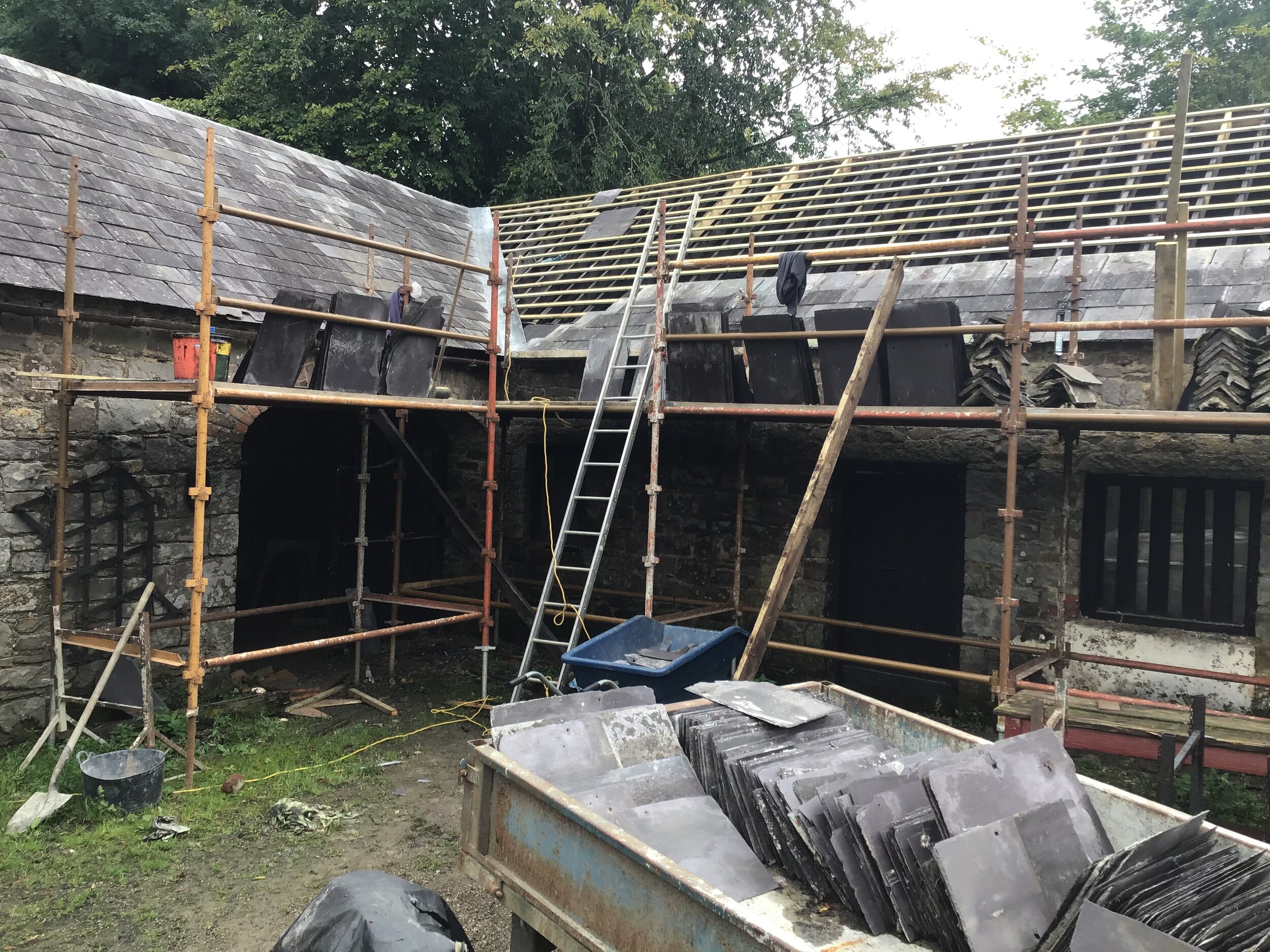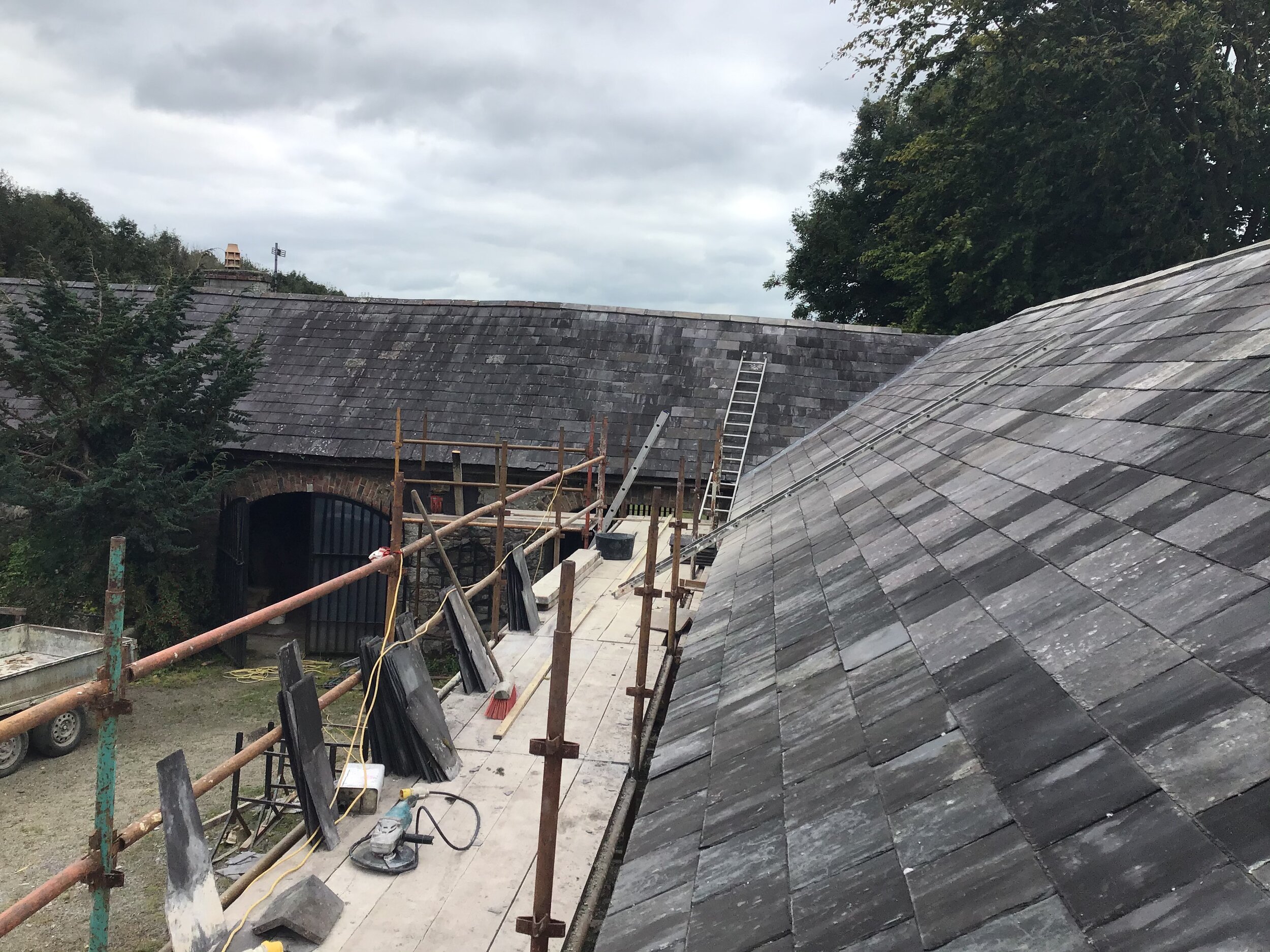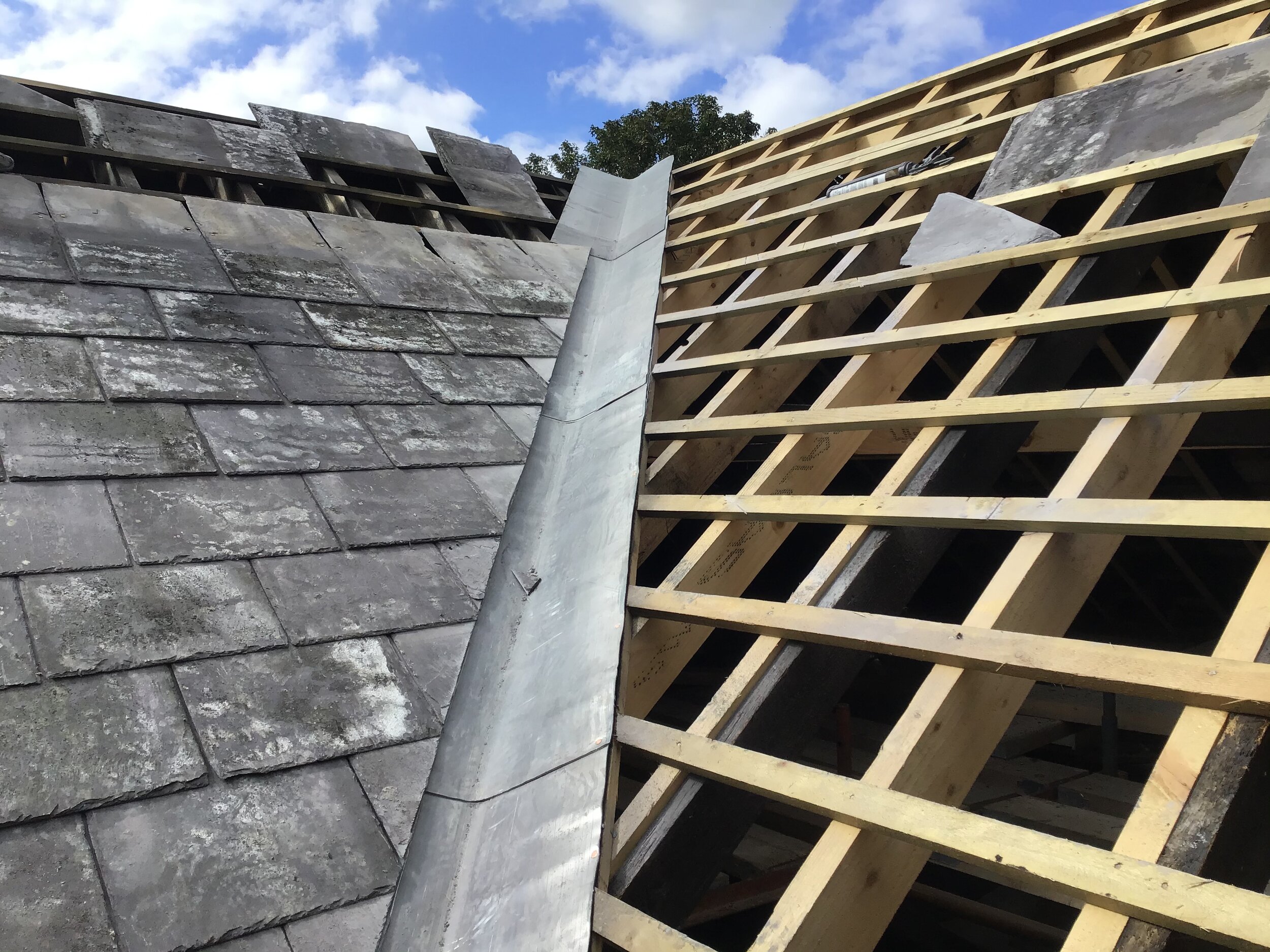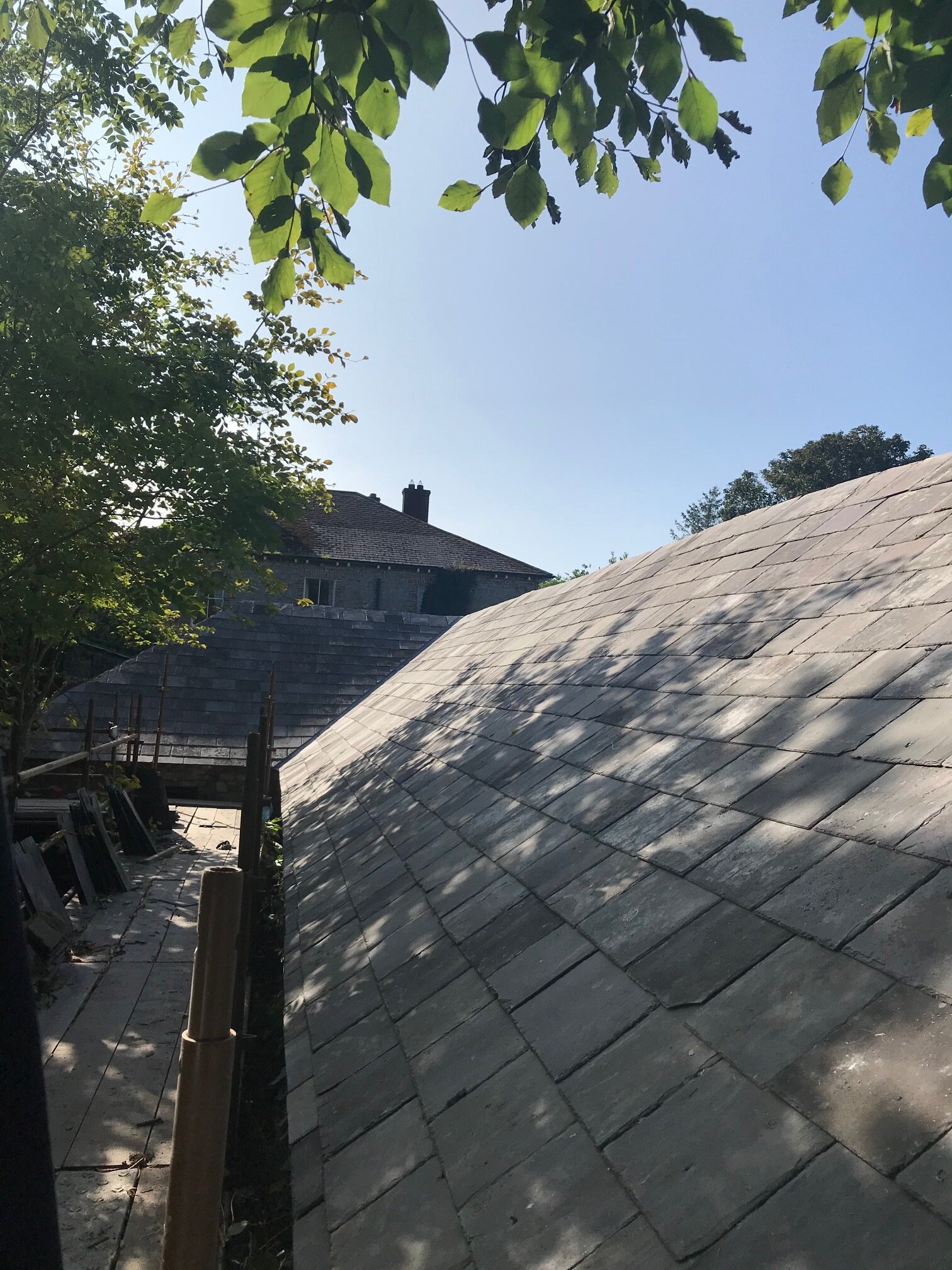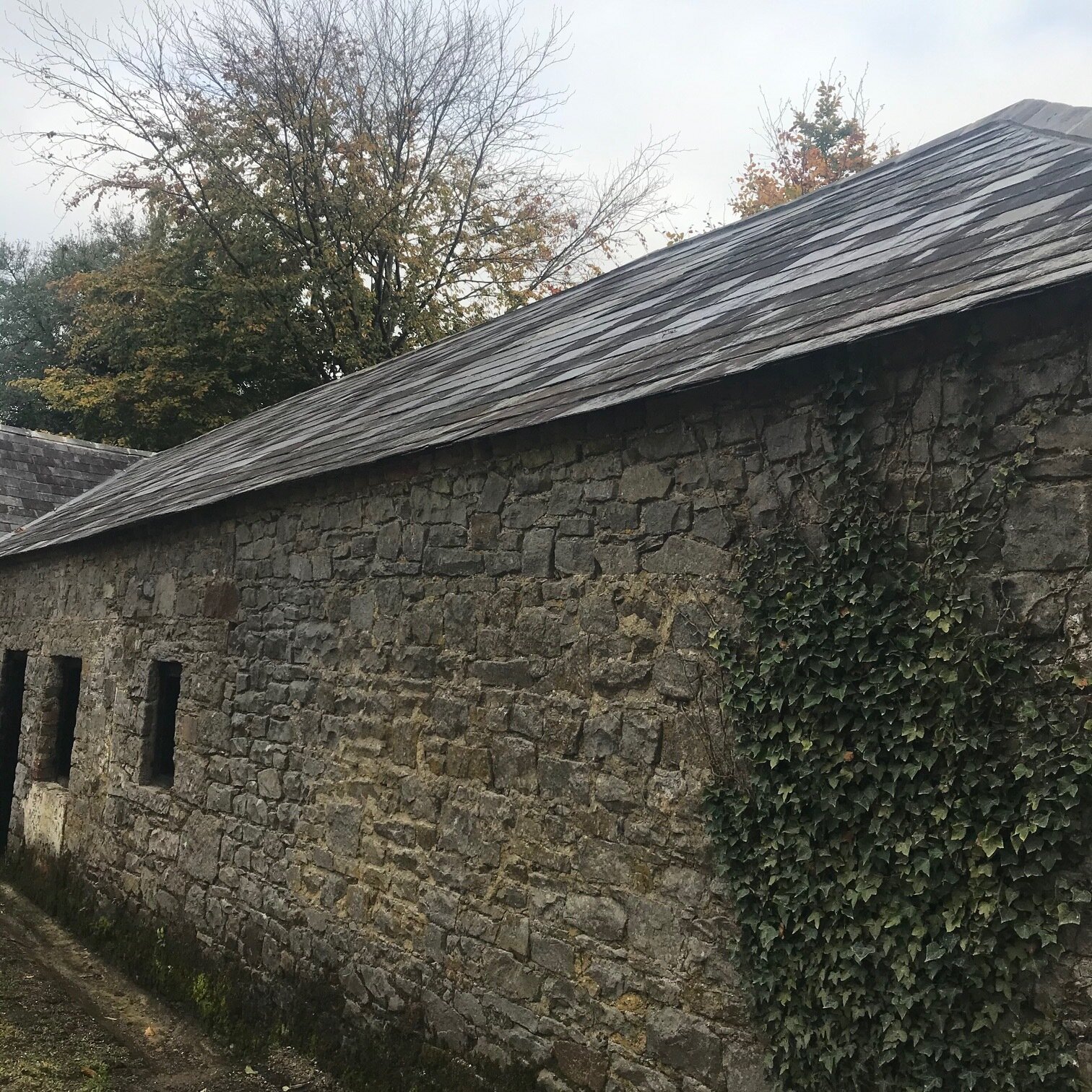Rathe House receives grant scheme to restore traditional farm building to former glory
Monday, 19th September 2020: Earlier this year, we received the exciting news that our application for the GLAS traditional farm building grant scheme had been approved by the Heritage Council in partnership with the Department of Agriculture, Food and the Marine.
The principal objective of the scheme is to ensure that traditional farm buildings and other related structures that contribute to the character of the landscape, and are of significant heritage value, are conserved for active agricultural use. The application process is considered highly competitive with only 50-70 projects receiving support each year.
Since receiving grant approval, we’ve been working to return this two hundred year old traditional farm building back to its former glory, as general wear and tear had naturally taken its toll.
The building is part of Rathe’s main courtyard, which can be found at the rear of the main House. The cut stone building was most likely constructed in the late 18th century and is shown on the first edition of the Ordnance Survey map of 1835. The building runs along one side of the courtyard and is L - shaped, the interior was and continues to be used for agricultural storage and contributes to courtyard’s overall aesthetics.
The repairs focused primarily on the building’s roof, which required over 3,000 original Blue Bangor and Welsh Gray slates to be removed, cleaned and refitted including the original roof coverings.
Brian Garvey, owner of Rathe House expressed his gratitude; “My family and I are delighted that the Heritage Council and the Department of Agriculture were able to recognise the historical significance of this beautiful 18th century building.
We assembled a skilled team who had extensive experience in restoring heritage buildings, which is clearly reflected in the quality of their workmanship. We also ensured that the building will continue to support native wildlife, such as; bats and swallows who nest on the rafters throughout the year. The building will also continue to be used for agricultural use, helping to store fodder and seeds.
The roof has been lovingly restored and I know will be able to be enjoyed for future generations. I want to thank the Heritage Council for all their support and guidance over the last 12 months.”
About the Heritage Council
The Heritage Council is a public body working in the public interest to advise, educate and work closely with local communities supporting jobs and heritage tourism in their local areas, delivering a rich tourism experience and excellent practice in the care of our nation’s valuable heritage assets.
Click images below to view work carried out:




